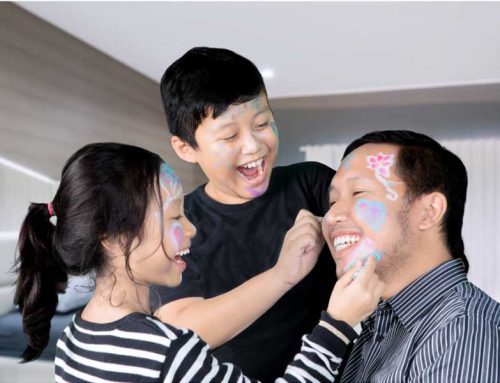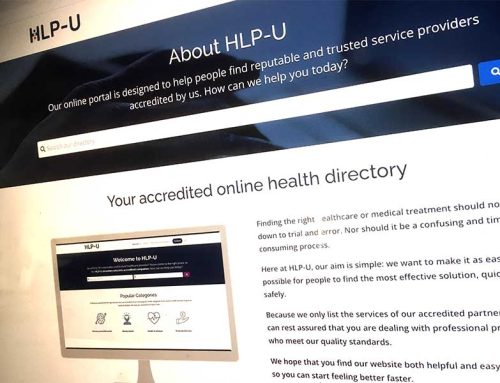ADHD (Attention-Deficit/Hyperactivity Disorder)
The core features are inattention, hyperactivity and impulsivity. The definition relies on a list of nine features of inattention and nine features of hyperactivity/Impulsivity.
Prevalence rates are debatable. A very old London study showed that, with a stringent definition, 1% of children were affected. Since then, percentages of children treated with medication have steadily risen, with North America heading the pack, then Australia, then the UK, then the rest of Europe. Studies in the USA used to show 5%, but now show 13% in boys and 6% in girls: https://www.cdc.gov/ncbddd/adhd/data.html
A visitor from Mars would justifiably say that this is due to cultural rather than biological factors. Nevertheless, sophisticated scanning equipment does show differences between the brains of children with untreated ADHD and those without ADHD
The justification for using medication in ADHD is to improve the child’s functioning in school, which it does. Nevertheless, the best-designed and best-resourced treatment study on ADHD (the MTA study) did not include any school interventions. Fortunately, many teachers in the UK are good at managing ADHD within the classroom, although even they find it easier to do this when the child is taking medication.
ASD (Autistic Spectrum Disorder). Also known as: Autism Spectrum Condition; Autism (when severe); Asperger’s disorder (when mild).
The use of the Asperger term has fallen out of favour, partly because it was found to be used in different ways by different professionals; and partly because of historical discoveries about Dr Hans Asperger’s collaboration with the Nazis in Austria with unethical experimentation on children.
A simple summary of the core features is difficult, since this condition affects different children very differently. In particular, children whose diagnosis is made early are different from those whose diagnosis is made late; and girls are different from boys. Many are diagnosed in adulthood.
When Autism and Asperger’s disorder were first described in the 1940s, the prevalence was thought to be 1 in 10,000. It is now between 1% and 2%. This increase is thought to be due to better recognition, rather than the disorder becoming more common, but the second of these remains a possibility, for unknown reasons — certainly not immunisation.
For under-18’s, the diagnosis should be multidisciplinary, including at least two disciplines, and involving an ADOS (Autism Diagnostic Observation Schedule).
Depression
This is common in teenagers, especially girls, and particularly in Years 10 and 11, which seem to be peak stress time, due to pressure to achieve good grades in GCSEs.
Rates have increased, both in symptoms (https://www.statista.com/statistics/1199302/depression-among-young-people-in-the-united-kingdom/ ) and in analyses of the diagnosis on community samples: “Levels of depression had increased from 9 per cent for young people born in the early 1990s to almost 15 per cent for those born at the turn of the millennium.” (https://www.bristol.ac.uk/alspac/news/2019/depression-on-the-rise-in-teens.html ).
Longitudinal studies have shown that adolescents with Depression who are effectively treated do a lot better in the long term than those who are not. Fewer of them die by suicide. You may think both of these are obvious; they are definitely reassuring. Treatment research has shown that the most effective treatment is a combination of medication and any form of talking therapy (not just CBT — Cognitive Behavioural Therapy). Recommended antidepressants for under-18’s are only three: fluoxetine, sertraline and citalopram, all SSRIs. Currently, there are no non-SSRIs recommended for treating under-18’s, which makes the treatment of those who do not respond to SSRIs rather haphazard.
Anxiety
This comes in a variety of forms, which I will not detail, for reasons of space. The first line of treatment is talking therapy. Guidelines recommend reserving medication for the more severe cases, and those who do not respond to a suitable form of psychotherapy, such as CBT. However, anxiety in autistic children generally responds a lot better to medication than any form of talking therapy.
PTSD (Post-Traumatic Stress Disorder)
This is commonly undetected: https://www.mentalhealthtoday.co.uk/news/young-people/research-highlights-the-prevalence-of-ptsd-in-young-people-yet-fails-to-recognise-the-scope-of-post-traumatic-reactions but quoted prevalence rates in under-18’s vary wildly, although it is said to be commoner in girls than boys. Children seem reluctant to talk about recent or distant traumatic experiences, although a bit easier to talk about the emotional impact. So the resulting Anxiety, Depression or emotional dysregulation may be picked up, but not necessarily the underlying trauma. Multiple experiences of trauma, such as repeated abuse, can lead to ‘Complex Post-Traumatic Stress Disorder (CPTSD)’, which has more wide-ranging emotional consequences, and is more difficult to treat. There has been recent recognition that the objective severity of traumatic events is less important than how the young person experiences them. For instance, the survivor of a sinking boat in which many people were drowned may not have PTSD, whilst a child who has suffered repeated name-calling in school may have CPTSD.
Recommended treatments for adults with PTSD include Trauma-Focused CBT and EMDR (Eye Movement Desensitisation & Reprocessing). These are said to be equally effective. In under-18’s, there is a lack of research comparing the two, but my clinical impression is that EMDR is generally more effective, although a lot depends on the individual therapist.
Dr Quentin Spender, MB BS, DCH, MRCP (Paediatrics), MRCPsych, Advanced Practitioner in Family Therapy







Leave A Comment